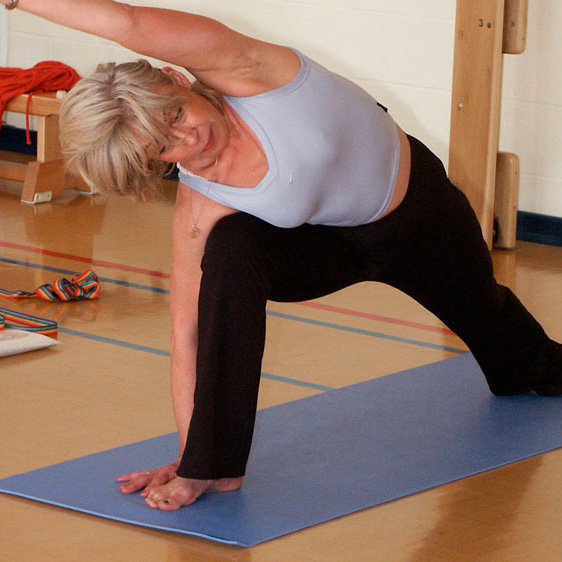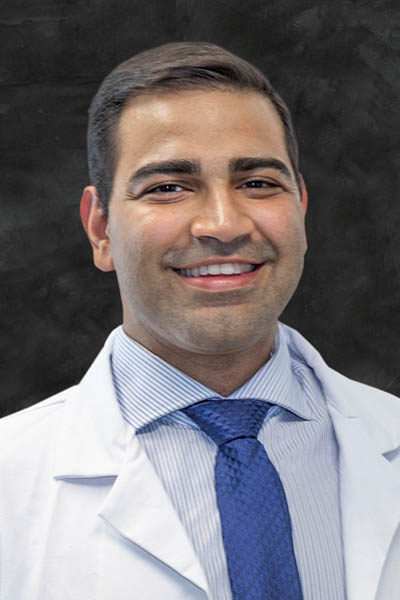
Got achy knees? You’re not alone. More than 30 million Americans suffer from knee pain caused by degenerative joint disease. Also known as “wear and tear” arthritis, this debilitating condition occurs when the cartilage cushioning your joints wears down.
“When you don’t have cartilage in the joint, you have bone rubbing on bone,” says Dr. Vandit Sardana, a board-certified, fellowship-trained orthopedic surgeon at Beaufort Memorial Orthopaedic Specialists. “The pain can be pretty severe.”
By the time we reach our 60s, most of us will feel the joint pain and stiffness that comes with osteoarthritis — the most common form of arthritis and one of the most frequent causes of physical disability among older people.
In its early stages, your doctor may recommend over-the-counter or prescription anti-inflammatory pain relievers. When that fails to help, the next course of action is cortisone injections.
Read More: Remedies for What’s Ailing Your Knees
“If the pain begins limiting even simple activities, such as climbing stairs, shopping or gardening, it may be time for total knee replacement surgery,” Dr. Sardana says. “With this procedure, the diseased joint is replaced with an artificial joint or implant designed to move much like a healthy joint.”
The Latest Advancement to Improve Results
Over the years, advancements in surgical techniques and implant design have continued to improve outcomes. One of the most recent breakthroughs in total knee replacement is robotic-assisted surgery.
Beaufort Memorial now offers the leading-edge technology, providing a new level of accuracy for the alignment and placement of the artificial joint. Multiple surgeons on the Beaufort Memorial medical staff have been trained to perform the procedure with the Mako Robotic Arm-Assisted Surgery System.
“The robot does not perform the surgery,” Dr. Sardana says. “A human hand is on the instrument the entire time.”
To start with, the surgical system’s software allows the physician to create a personalized, pre-operative plan for the patient based on a virtual model generated from CT scans.
“We can see the knee on a computer screen and decide the size and position of the implant that would work best,” Dr. Sardana says. “With the robotic arm, we can implant the components with greater precision, which can increase their longevity.”
Using the Robotic Arm During Surgery
In the operating room, the surgeon follows the patient’s pre-operative plan, guiding the robotic instrument arm to remove only the diseased bone, preserving the healthy bone and ligaments around it.
A virtual boundary established by the robot prevents the surgeon from crossing the bone field, reducing irritation to the surrounding soft tissue.
Once the arthritic bone and cartilage are removed, the surgeon implants the total knee components into their preplanned positions. The Mako system then allows the surgeon to check the implant component positions and make adjustments to the plan as needed to customize them to the patient.
Read More: At 85, Striding Into Recovery Four Weeks After Knee Replacement
“We can move the knee through a range of motion and see it on the computer screen,” Dr. Sardana said. “It allows us to objectively measure the tension of the ligaments to precisely balance the knee to that patient’s unique anatomy.”
A properly balanced knee, he continues, will feel more natural and function better, which can extend the life of the implant.
Proven Technology
Since the Mako Robotic Arm-Assisted Surgery System was introduced in 2006, more than 100,000 joint replacement procedures have been performed around the world. In a clinical study, Mako patients surveyed six months after surgery reported lower pain scores and more satisfaction compared with those who received a conventional joint replacement.
“I’ve had a keen interest in 3D pre-operative computer planning for a long time,” Dr. Sardana said. “It’s very exciting to now have the technology available here.”
In the future, Beaufort Memorial may offer robotic-assisted surgery for partial knee and total hip replacements.
Learn more about Mako robotic-assisted total knee replacement or attend one of our free Solving Hip and Knee Pain seminars.

